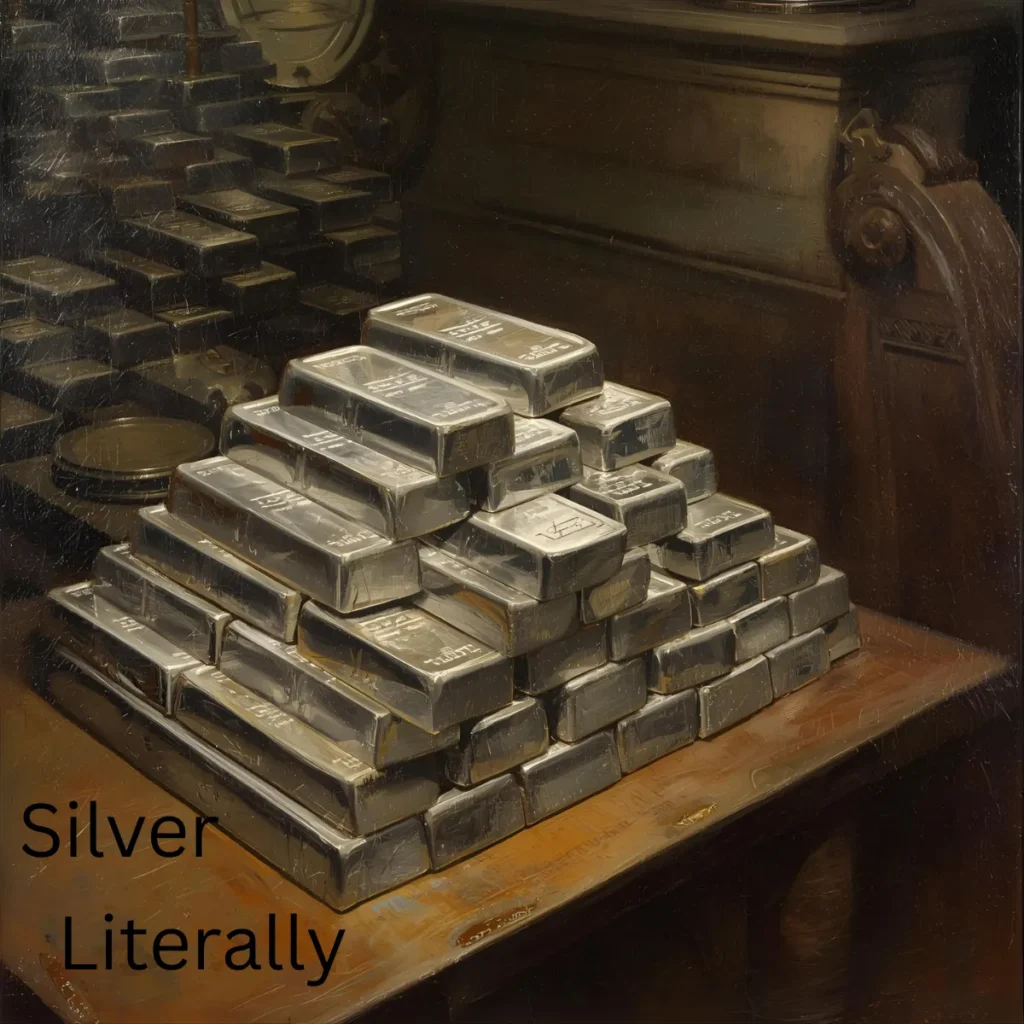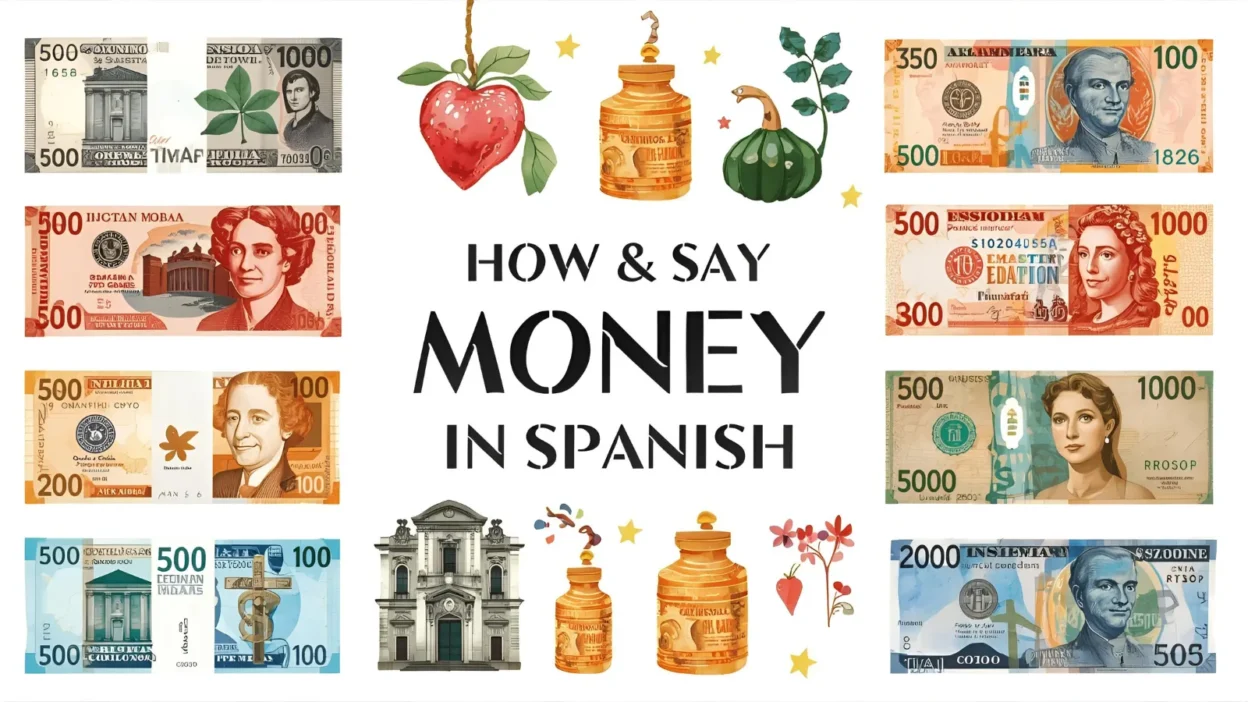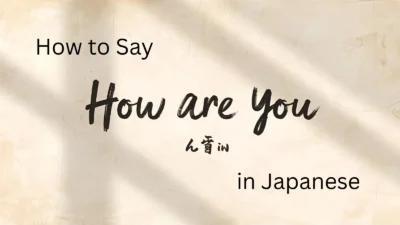If you want to talk about money in Spanish, the most common word you’ll use is “dinero.” It simply means money and is used in everyday conversations. Knowing how to say money in Spanish is helpful when shopping, traveling, or talking about prices.
There are also some casual and slang words used in different Spanish-speaking countries, but “dinero” is the standard word everyone understands.
So whether you’re buying food, asking about costs, or discussing savings, “dinero” will always fit.
Learning this word will help you sound more confident while speaking Spanish.
Say Money in Spanish
Here’s a 15-phrases table for different ways to say Money in Spanish with English meaning, Spanish word/phrase, and usage:
15 phrases table for How to Say Money in Spanish
| # | English Phrase | Spanish Phrase | Usage / Context |
|---|---|---|---|
| 1 | Money | Dinero | Standard, most common |
| 2 | Cash | Efectivo | Formal, used in shops |
| 3 | Silver / Money (old use) | Plata | Common in Latin America |
| 4 | Dough / Cash (slang) | Lana | Mexico slang |
| 5 | Money (slang) | Pasta | Spain slang |
| 6 | Bucks / Cash | Guita | Argentina slang |
| 7 | Bucks | Pisto | Guatemala slang |
| 8 | Cash | Feria | Mexico, informal |
| 9 | Money (slang) | Cuartos | Caribbean slang |
| 10 | Big money / Riches | Riqueza | Formal/literary |
| 11 | Small change | Suelto | For coins, small amounts |
| 12 | Fortune | Fortuna | Used for a lot of money |
| 13 | Salary / Pay | Sueldo | Job/paycheck context |
| 14 | Savings | Ahorros | Refers to saved money |
| 15 | Pocket money | Paga | Allowance, kids’ context |
1. Dinero – The Standard Word for Money
Origin:
From the Latin word denarius, a Roman silver coin. This is the most common and universally understood word for money.
Example:
👤 User A: ¿Tienes dinero para el cine?
👤 User B: Sí, tengo suficiente.
Use: Standard and neutral. Understood in all Spanish-speaking countries.
2. Plata – Literally “Silver”

Origin:
Used widely in Latin America, especially Argentina, Colombia, and Chile. Refers to the days when silver was used as currency.
Example:
👤 User A: No puedo ir, no tengo plata.
👤 User B: Yo te invito, tranquilo.
Use: Informal, everyday slang for money.
3. Pasta – Common in Spain
Origin:
This slang comes from the idea of “dough” (similar to English slang). It’s very popular in Spain.
Example:
👤 User A: ¿Cuánta pasta ganaste en ese trabajo?
👤 User B: Un montón, tío.
Use: Casual slang in Spain.
4. Guita – Argentine Slang

Origin:
Commonly used in Argentina and Uruguay. Possibly derived from the Quechua word wita, meaning something of value.
Example:
👤 User A: ¿Tenés guita para el taxi?
👤 User B: Sí, justo.
Use: Informal, regional slang.
5. Lana – Mexican Slang
Origin:
Literally means “wool,” but in Mexican slang, it’s money — possibly a reference to sheep or wealth.
Example:
👤 User A: ¿Tienes lana para la comida?
👤 User B: Sí, vamos.
Use: Very common slang in Mexico.
6. Billete(s) – Bills / Paper Money

Origin:
From the word for banknotes or paper bills.
Example:
👤 User A: Sólo tengo billetes grandes.
👤 User B: Yo tengo cambio, no hay problema.
Use: Neutral; can refer to physical cash.
7. Pavo(s) – Slang in Spain
Origin:
Literally means “turkey,” but in Spain, it’s used to refer to euros.
Example:
👤 User A: Ese abrigo costó cien pavos.
👤 User B: ¡Qué caro!
Use: Informal; specific to Spain.
8. Marmaja – Mexican Regional Slang
Origin:
Used in rural areas of Mexico. Possibly derives from old Mexican expressions.
Example:
👤 User A: Anda buscando marmaja.
👤 User B: Pues que trabaje.
Use: Rare and rural slang.
9. Feria – Small Change or Cash
Origin:
Originally meant a market or fair, then evolved to mean small amounts of money in Mexico.
Example:
👤 User A: ¿Tienes feria para el camión?
👤 User B: Sí, aquí tienes unas monedas.
Use: Informal, mainly in Mexico.
10. Morralla – Loose Coins
Origin:
From the name of a type of small, mixed fish, this term refers to coins of little value.
Example:
👤 User A: Sólo tengo morralla.
👤 User B: No importa, todo suma.
Use: Slang in Spain and Mexico.
11. Chavos – Kids or Cash
Origin:
“Chavo” means kid in some regions, but it also means money (coins) in Puerto Rico and Mexico.
Example:
👤 User A: Me faltan unos chavos para el café.
👤 User B: Te presto.
Use: Slang; Puerto Rico and sometimes Mexico.
12. Moneda – Coin or Currency
Origin:
Literal translation of “coin” and also refers to the general concept of currency.
Example:
👤 User A: ¿Qué moneda usan en Perú?
👤 User B: El sol.
Use: Formal or technical.
13. Cuartos – Old-Fashioned Term
Origin:
From historical coins called cuartos. Still heard in rural Spain or older literature.
Example:
👤 User A: No tengo ni un cuarto.
👤 User B: Yo invito esta vez.
Use: Archaic or poetic.
14. Verdes – U.S. Dollars (Greenbacks)
Origin:
“Green” bills = U.S. dollars. Used in Latin America when referring to American money.
Example:
👤 User A: Me pagaron en verdes.
👤 User B: Mejor, ¡vale más!
Use: Slang for U.S. dollars in Latin America.
15. Reales – Brazilian or Historical Reference
Origin:
Though the real is Brazil’s currency today, some countries still use “reales” to refer to old-style or regional currencies.
Example:
👤 User A: Costaba cinco reales en mi época.
👤 User B: ¡Cómo ha cambiado todo!
Use: Regional or historical; sometimes nostalgic.
FAQs:
Q1: What is the standard word for “money” in Spanish?
A: The standard and most common word is “dinero.”
Q2: How do you pronounce “dinero”?
A: It’s pronounced dee-NEH-roh.
Q3: Is there slang for money in Spanish?
A: Yes! Some common slang words are plata (Latin America) and pasta (Spain).
Q4: Which word should beginners use?
A: Always start with dinero — everyone understands it.
Q5: When do people use “plata”?
A: Plata is used informally, especially in countries like Argentina, Colombia, and Chile.
Q6: Can “pasta” mean money in Spain?
A: Yes, in Spain pasta is a casual way to say “money,” similar to “cash” in English.
Q7: How do you ask “How much money?” in Spanish?
A: Say “¿Cuánto dinero?”
Q8: How do you say “I have no money” in Spanish?
A: Say “No tengo dinero.”
Q9: How do you say “I need money” in Spanish?
A: Say “Necesito dinero.”
Q10: Is “dinero” used in all Spanish-speaking countries?
A: Yes — dinero is universal and understood everywhere.
Conclusion:
In short, knowing how to say money in Spanish goes beyond just learning the word dinero.
By understanding both formal and slang terms, you’ll be better prepared to handle real-life conversations, whether you’re shopping, traveling, or chatting with locals. This knowledge makes your Spanish more practical and authentic.



